
Donna Criminale
A patron saint of those who are thought be low, marginal, wrong kind of people, ‘the others’.
The sociologist Zygmunt Bauman has noted that in contemporary consumer society, we have began to see the poor, those who cannot participate enough in consuming, as criminals.
Donna Criminale is a project criticizing market-based values of contemporary society and social inequality. This is a conceptual, critical/political/philosophical project consisting of multidisciplinary parts: a toilet paper installation (460x460x460cm), a series of big banners (200x150cm), a series of aluminium mounted photographic prints (80x60cm), a picture&essay-book (128 pages, 29x24 cm, languages English/Finnish).
The project interprets contemporary market economy as a mystery religion, worshipped every day and everywhere on the globe, and striving to secure its position as the first global religion. It is successful because instead of suffering and ethics, it speaks of winning and never-ending enjoyment. It has, at least in ads and hopes, made luxurious surrealism come true. Woman has to serve as the sacrificial animal and fetish of this flourishing social structure. After decenniums of development in gender equality, market society has attracted women to focus on seduction: to consume and to advertise it, but also to embody it.
As Bauman refers, the hedonistic consumerism has a counter effect, growing inequality. The ”low” workers in white gowns, from nurses to housemaids and cleaning women, have often been treated degradingly, as cheaper or more inhuman than toilet paper.
The consumerist society has also another side-effect, a new kind of censorship, founded on market-based values and neoliberal ideology. In the true story behind the work, art was not allowed to criticize the material globally available and used by millions of customers. Production and consumption were bypassed as legal, only market criticism was prohibited (and named as porn). If in advanced capitalism those in a lower social position come to be treated as criminals, the same can concern an artist who commentates on social phenomena.
The banners of this project study how to recognize a criminal woman – from the same theme a famous Italian positivist criminologist, Cesare Lombroso, often cited as the father of criminology, wrote a book over hundred years ago. Lombroso tried to distinguish criminals on the basis of their appearance, and understood criminals rather born than made. If Lombroso found that a born criminal has large ears, his Finnish successors saw that an artist dressed in white (the color of the most normal toilet paper), must surely be a criminal.
This thought of certain inferior groups of humans, by Lombroso, can be found as backround values of the Third Reich. It is not so long ago when those interpreted as being lower were gathered to be retrained, so to be eliminated. But a similar belief that certain people are ”objectively” higher, better, more worth of profit, can be alive also in contemporary democratic society and its special kind of censorship.


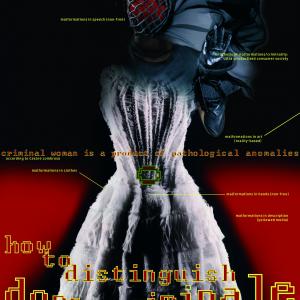
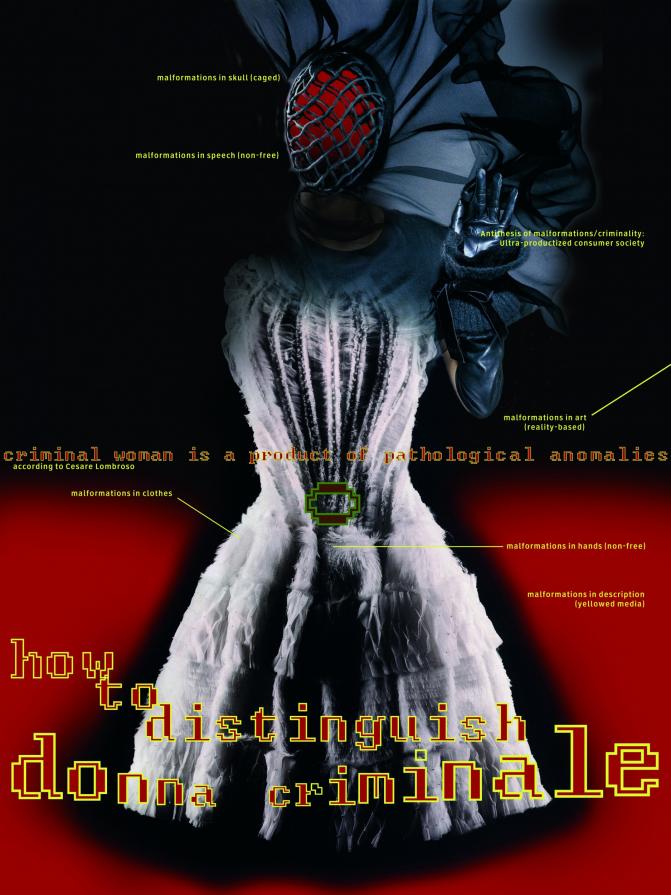

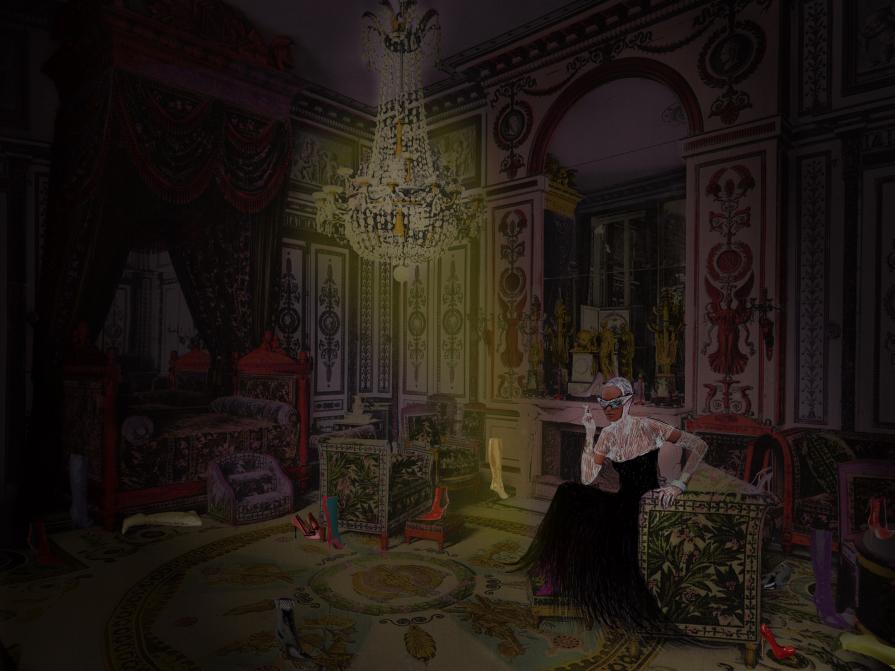

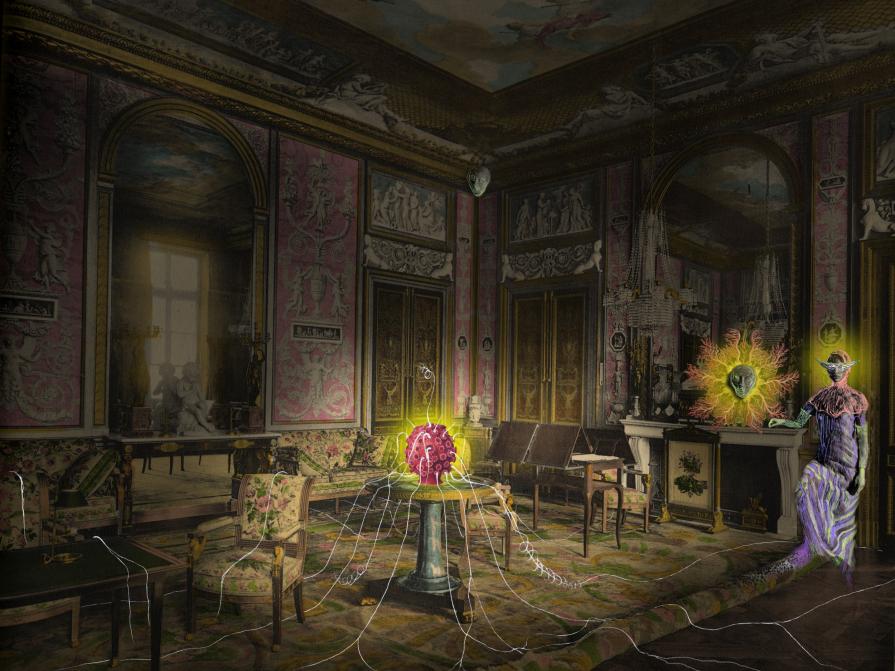

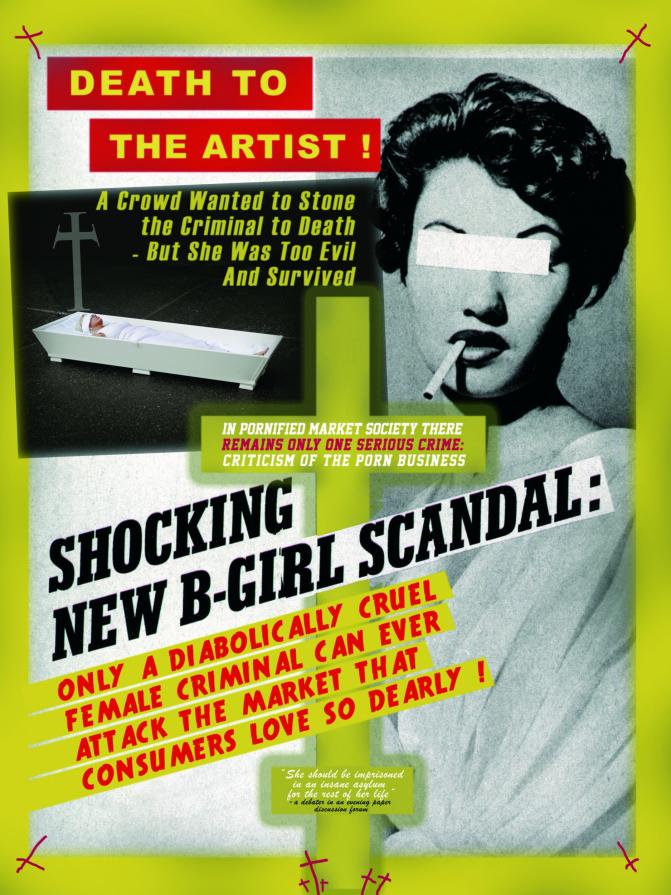


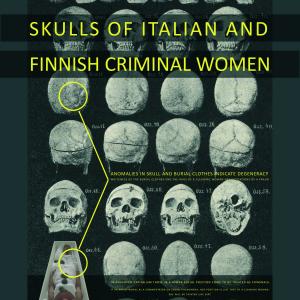
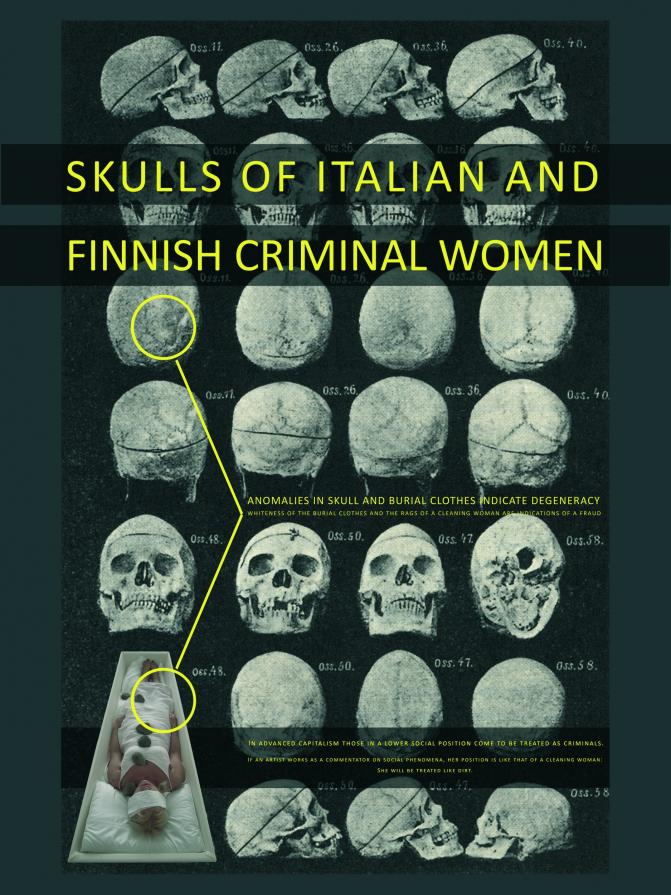

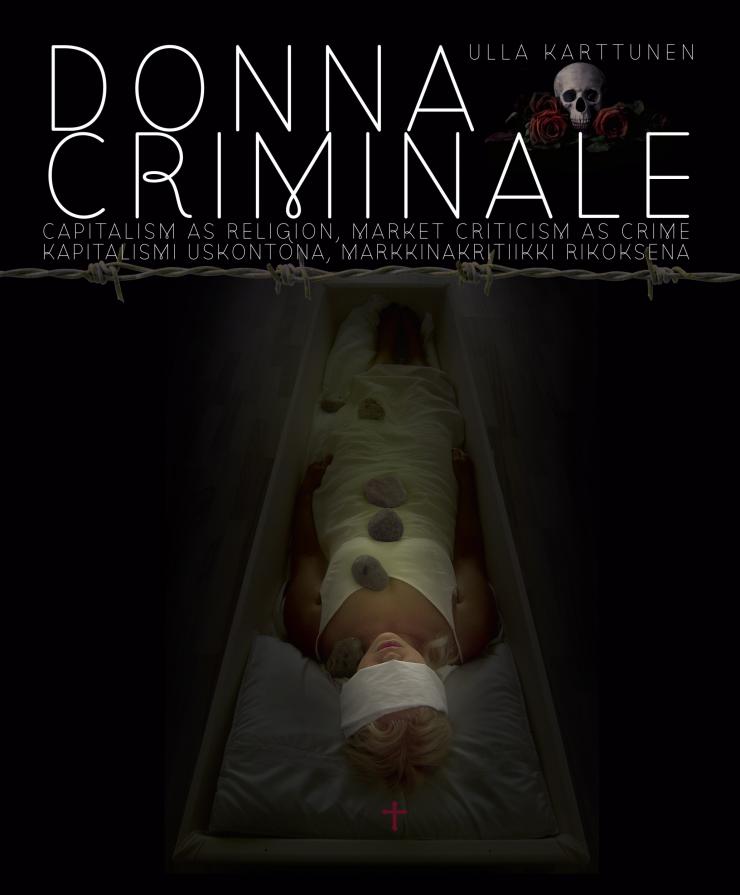

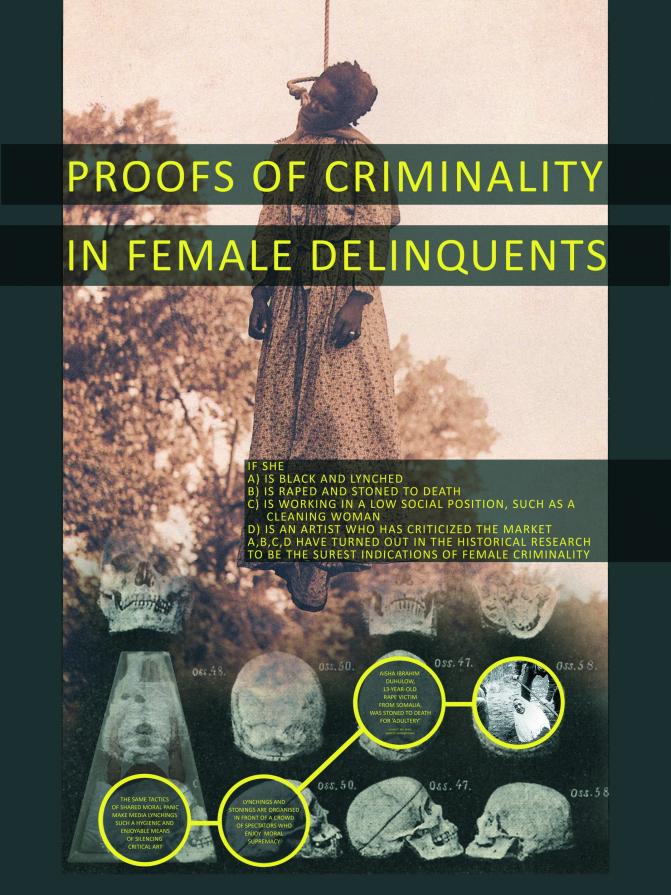





















Comments 1
Say something